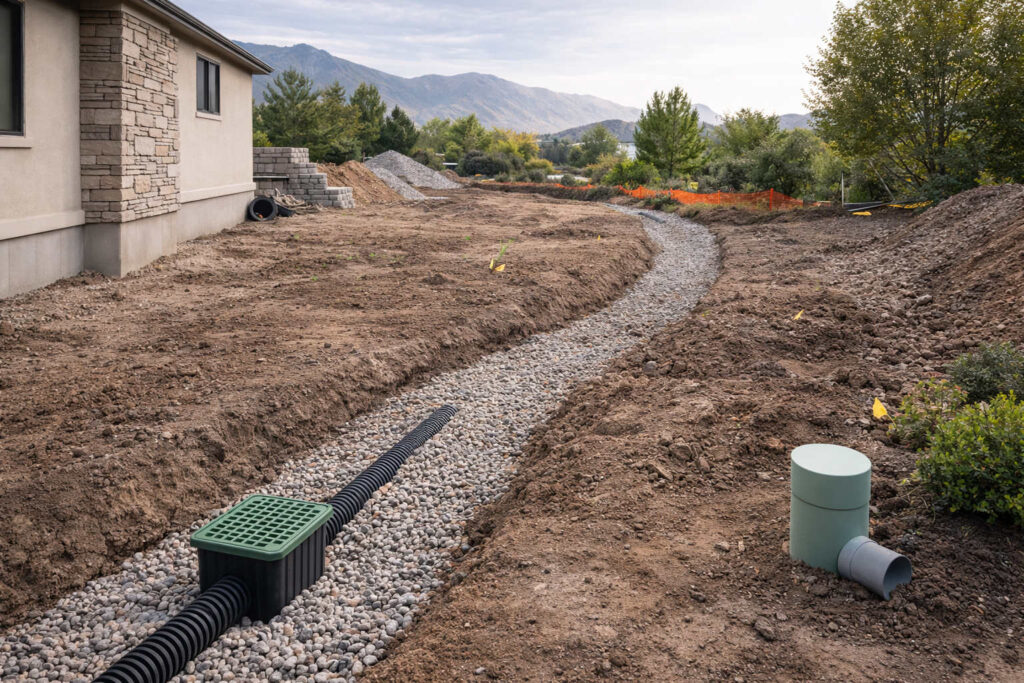Heat waves can pose significant challenges for maintaining healthy plants and trees. Prolonged exposure to high temperatures can cause stress, dehydration, and even permanent damage. However, with the right strategies, you can protect your garden and ensure your plants and trees thrive despite the heat. This comprehensive guide provides essential tips and tricks for protecting plants and trees during a heat wave, helping you keep your landscape vibrant and healthy.
Understanding the Impact of Heat Waves on Plants and Trees Heat waves can have several detrimental effects on plants and trees:
- Dehydration: High temperatures increase evaporation, leading to water loss in plants.
- Heat Stress: Prolonged heat exposure can cause wilting, leaf scorch, and reduced growth.
- Increased Pest Activity: Heat-stressed plants are more susceptible to pests and diseases.
- Soil Compaction: Extreme heat can cause soil to harden, reducing its ability to retain moisture and nutrients.
Tips for Watering Plants and Trees During a Heat Wave
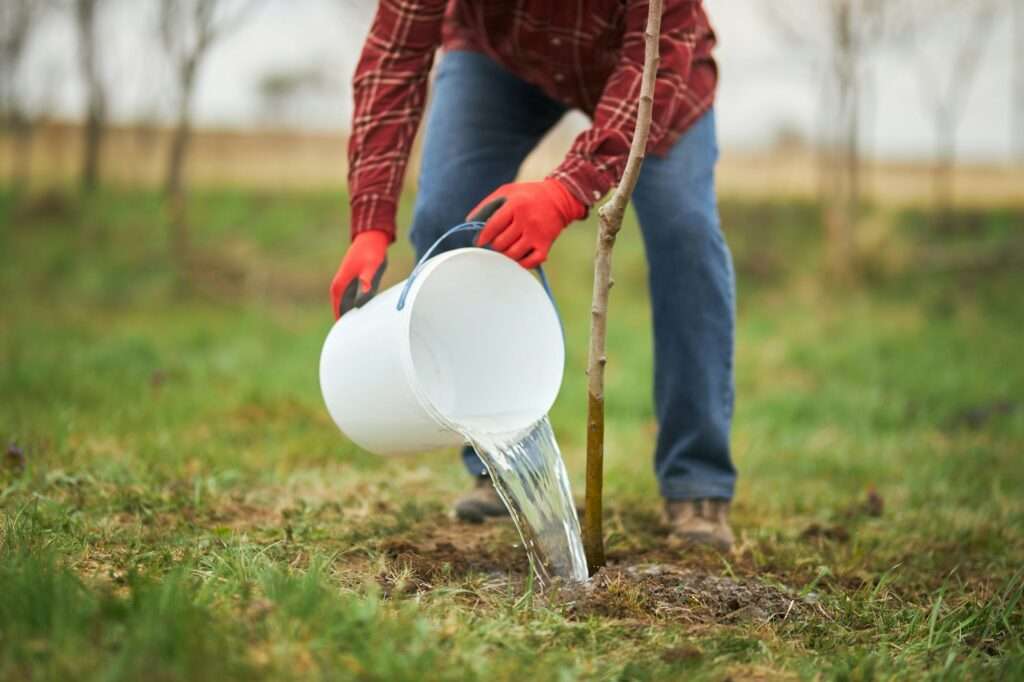
Water Deeply and Infrequently Deep watering encourages deep root growth, making plants and trees more resilient to heat stress. Water your plants thoroughly but less frequently, ensuring the water reaches the root zone.
Water Early in the Morning Watering early in the morning reduces evaporation and allows plants to absorb moisture before the heat of the day. Avoid watering in the evening, as prolonged moisture can promote fungal diseases.
Use Mulch to Retain Moisture Applying a layer of mulch around plants and trees helps retain soil moisture and regulate temperature. Organic mulches, such as wood chips, straw, or shredded leaves, also improve soil structure and fertility.
Creating Shade and Reducing Heat Stress
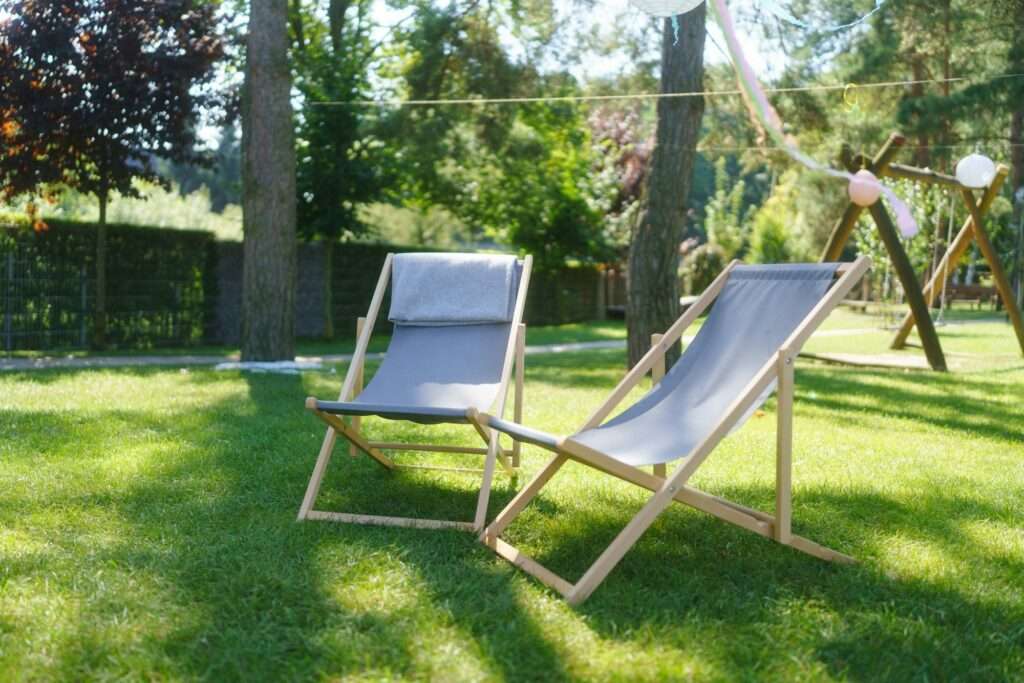
Use Shade Cloths or Tents Temporary shade cloths or tents can protect sensitive plants from intense sunlight. Move them as needed to different parts of your garden to provide relief from the heat.
Plant Trees and Shrubs Strategically Planting trees and shrubs strategically can provide natural shade for your garden. Choose drought-tolerant species that require minimal water once established.
Create Windbreaks Windbreaks, such as hedges or fences, can reduce the drying effects of hot winds and provide additional shade for your garden.
Improving Soil Health to Combat Heat Stress
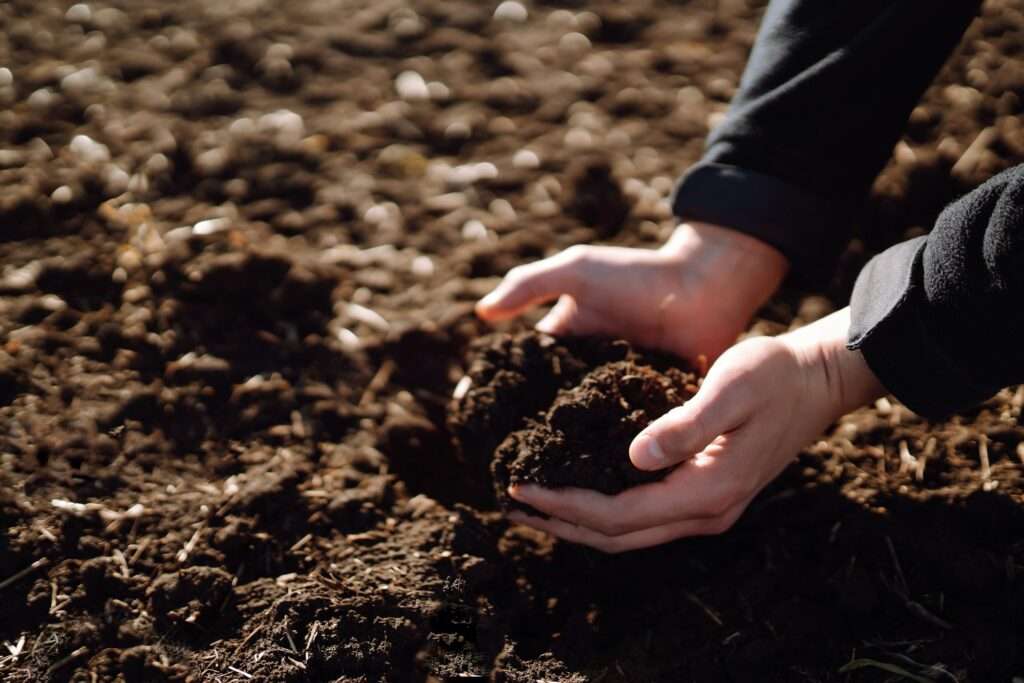
Add Organic Matter Incorporating organic matter, such as compost or well-rotted manure, into your soil improves its water-holding capacity and fertility. Healthy soil supports robust plant growth and reduces the impact of heat stress.
Aerate the Soil Aerating the soil helps improve water infiltration and root growth. This is especially important in compacted soils that can become hard and impenetrable during heat waves.
Use Soil Moisture Sensors Soil moisture sensors help monitor soil moisture levels and ensure your plants receive adequate water. Adjust your watering schedule based on the sensor readings to avoid over or under-watering.
Pruning and Maintenance During Heat Waves
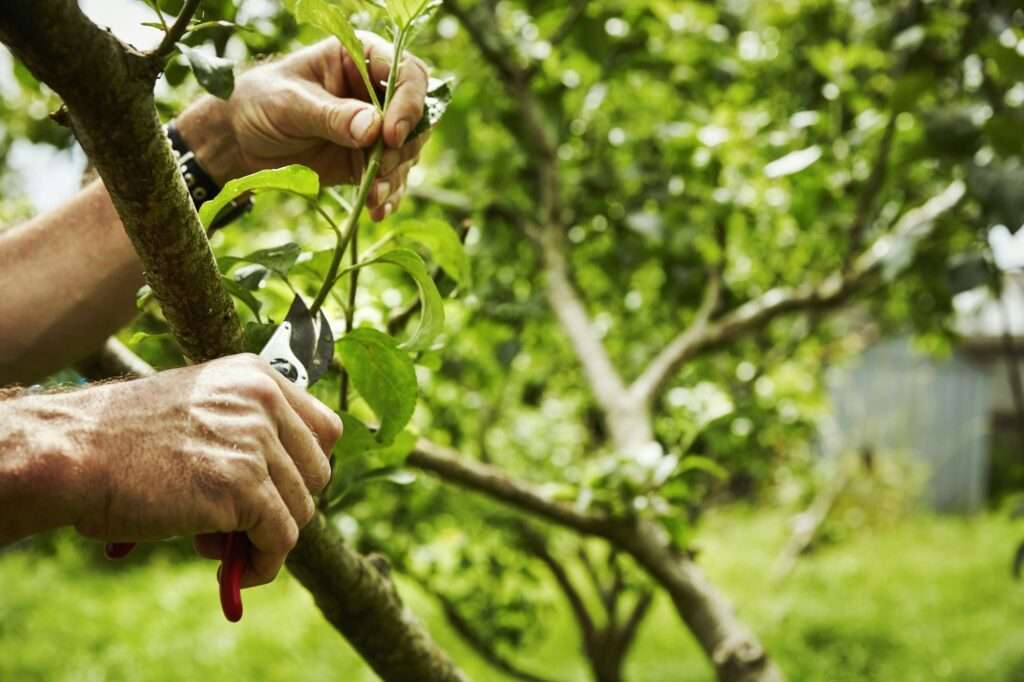
Avoid Heavy Pruning Avoid heavy pruning during heat waves, as it can stress plants and reduce their ability to cope with high temperatures. Instead, remove only dead or damaged branches to maintain plant health.
Keep an Eye on Pests and Diseases Heat-stressed plants are more vulnerable to pests and diseases. Regularly inspect your garden for signs of pest activity and disease, and take appropriate measures to control them.
Support Young and Newly Planted Trees Young and newly planted trees are particularly susceptible to heat stress. Provide extra water and shade, and consider using tree guards or wraps to protect their trunks from sunscald.
Selecting Heat-Resistant Plants and Trees

Choose Drought-Tolerant Species Selecting drought-tolerant plants and trees is an effective way to reduce water demand and ensure your garden thrives during heat waves. Some popular drought-tolerant species include:
- Succulents: Such as agave, sedum, and echeveria.
- Perennials: Like lavender, yarrow, and Russian sage.
- Trees: Including oak, maple, and pine.
Incorporate Native Plants Native plants are well-adapted to local climate conditions and typically require less water and maintenance. Incorporating native species into your garden can enhance its resilience to heat stress.
Creating Microclimates in Your Garden

Group Plants with Similar Water Needs Grouping plants with similar water needs together helps ensure they receive the appropriate amount of water and reduces competition for resources.
Use Ground Covers Ground covers, such as creeping thyme or clover, help retain soil moisture, reduce evaporation, and suppress weed growth. They also provide additional shade for the soil.
Install Drip Irrigation Systems Drip irrigation systems deliver water directly to the roots of plants, minimizing evaporation and ensuring efficient water use. This is particularly beneficial during heat waves when water conservation is crucial.
Maintaining Trees During Heat Waves

Mulch Around the Base Applying mulch around the base of trees helps retain soil moisture, regulate temperature, and reduce weed competition. Ensure the mulch is spread evenly and does not touch the tree trunk.
Deep Watering for Trees Deep watering is essential for trees during heat waves. Use a slow-release watering method, such as a soaker hose or tree watering bag, to ensure water reaches the root zone.
Protecting Tree Trunks Tree trunks can suffer from sunscald during heat waves. Protect young or thin-barked trees by wrapping their trunks with tree guards or burlap.
Protecting plants and trees during a heat wave requires proactive measures and diligent care. By following the essential tips and tricks outlined in this guide, you can shield your garden from extreme heat and ensure your plants and trees remain healthy and vibrant. Remember to water deeply and infrequently, provide shade, improve soil health, and select heat-resistant species. With the right strategies, your garden can thrive even in the hottest weather.
”);
